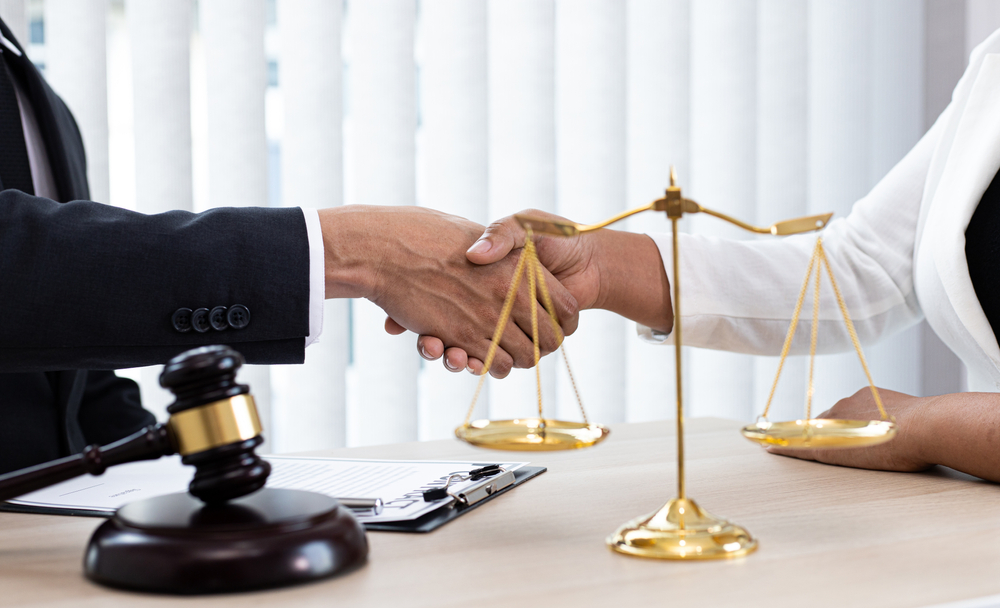What Happens During a Slip and Fall Settlement Hearing in Pennsylvania?


Table of Contents
ToggleYou’ve been injured in an accident that was not your fault. Your medical bills are piling up, and you haven’t worked in months. You’re considering filing a personal injury claim. You might be wondering how long your Philadelphia personal injury lawsuit or case will take.
When a patient receives medical attention that’s below the professional standard of care and that care then results in an ensuing injury and subsequent damages, Pennsylvania’s laws allow them to pursue a medical malpractice claim to compensate the victim for those damages.
Swimming in pools and lakes around Pennsylvania can be great fun. However, tragedy can strike quickly. All too often, accidental drownings take the lives of children and adults. These incidents can happen within seconds.
A brain injury can rob a person of his or her soul. It can shatter someone’s personality, change their character, destroy their memories, and limit their comprehension. In many cases involving a traumatic brain injury, the person who existed before the accident is replaced with a different person.
18-wheelers and other commercial trucks can weigh up to 80,000 pounds, so when they’re involved in a collision there can unsurprisingly be very serious injuries. Within the scope of personal injury law, these types of accident cases are much different than more typical car accidents.
In Philadelphia, hundreds of thousands of people rely on SEPTA and buses for public transportation each day, whether it be a city bus, motor coach, or charter bus. When you step on a bus to get to your destination, you probably don’t think twice about your safety.
The owner of a dog that attacks a person may be held responsible for the victim’s injuries. To be successful in winning a dog bite case, it must be shown that the owner knew or had reason to know that his or her dog had a “vicious propensity.” In other words, a dog bite lawyer must show that the owner knew or should have known that the dog was dangerous or could bite someone.
Taking a tumble may seem like not a big deal. For many people, it isn’t; they are able to get up, brush themselves off, and continue on with their day. Yet for others, falls can be incredibly dangerous.
As Philadelphia construction accident attorneys, both John Mattiacci and William Coppol have represented numerous clients who have been seriously injured in construction accidents. These accidents have occurred on construction sites and on job sites throughout Philadelphia, the surrounding counties, and in New Jersey.
Wrongful death and survival action cases are among the most heart-wrenching types of cases that our firm handles. John Mattiacci has extensive experience handling these cases, in addition to death cases in Pennsylvania and New Jersey.
Philadelphia has the highest rate of car accidents in Pennsylvania. If you or a family member has been injured in a traffic accident, you may feel overwhelmed. Philadelphia car accident lawyers from Mattiacci Law have nearly two decades of experience in handling serious car accident cases in Philadelphia and across Pennsylvania. Our team of experienced personal injury attorneys stand ready to help you through the challenges and difficulties faced by victims of car crashes.
When you buy a product you expect that product to work as advertised and to be safe for its intended use. You should also expect that the product comes with all necessary warnings and instructions in order to use it safely. If a product is defective and is unsafe for use, the manufacturer and seller of the product may be held responsible for any injury caused by the defect.
Table of Contents
×